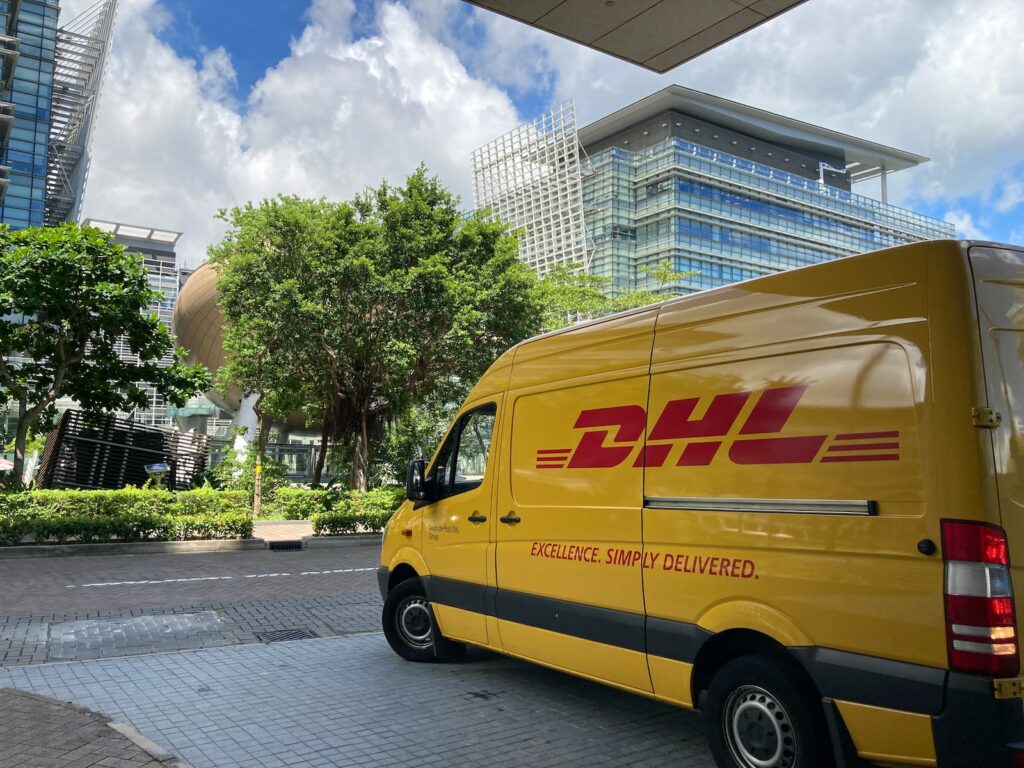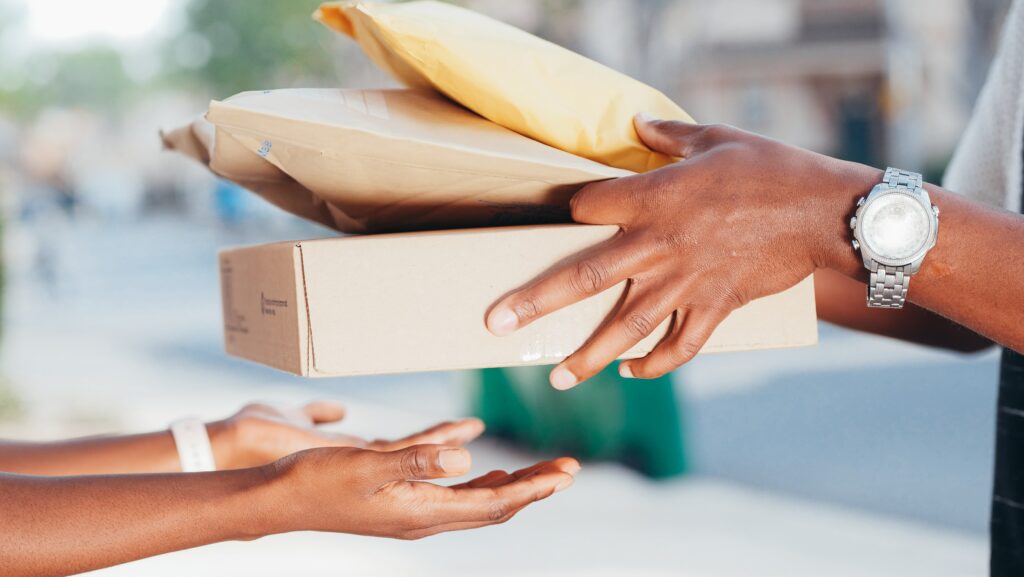If you’re sending parcels, you’ll want to know where they are as they travel through the postal system. Courier Tracking Guide provides this valuable information, but not all services are created equal. There are three main types of tracking available: basic, intermediate, and advanced. Each type includes different information about where your parcel has been and how far away it is from its final destination.
- What does your courier tracking number look like?
- How to track your parcel with the number
- What kind of tracking do I need?
- Courier tracking is divided into three kinds: basic, intermediate, and advanced.
- Basic tracking
- Your parcel’s current location
- Its projected delivery date and time
- Its past location history (e.g. warehouse, regional hub, customs)
- Intermediate tracking
- Time of arrival at a particular location in its journey (e.g. warehouse, hub, customs)
- Expected departure time from a location in its journey (e.g. warehouse, hub, customs)
- Conclusion
What does your courier tracking number look like?
The tracking number is usually a series of numbers, letters, and symbols. It will be printed on the delivery label of your parcel, so you can easily find it when you want to track your package.
The tracking number might look something like this:
XXXXXXXXXXXXXX
How to track your parcel with the number
You can track your parcel on the courier’s website. To do this, log into your account and click on “track my order.” You will be given a tracking number that starts with either GS or 990, which is unique to your parcel. You will also be able to see a map of where it is at any given point in time.
If you want to use an alternative service, simply enter your parcel’s tracking number into the search bar at instantcouriertracking.com and you’ll be taken through steps that allow you to find out where exactly your shipment is right now (or where it has been).
If there are any delays with delivery times or missing information in packages shipped by couriers, this is usually because of communication problems between companies like FedEx and UPS; however, it can also happen if there’s some kind of unknown issue with the address provided by customers who want their packages delivered somewhere other than their own home address (for example: sending gifts!). In either case, calling customer support may be beneficial—you may get answers from them quickly enough so as not to worry too much about when they’ll arrive!

What kind of tracking do I need?
If you’re sending a parcel to another company and need to know exactly when it will arrive, advanced tracking is the best option. The system tracks parcels as they leave your warehouse or office, heading toward their destination. This level of detail provides great peace of mind for businesses that send out packages on a regular basis.
Advanced Tracking costs extra money but it’s worth it if you have time-sensitive deliveries that need to arrive at their destinations on time.
Courier tracking is divided into three kinds: basic, intermediate, and advanced.
Courier tracking is divided into three kinds: basic, intermediate, and advanced.
Basic tracking is the most basic type of courier tracking. It provides a simple estimate of when your parcel will arrive at its destination (as opposed to when it was picked up or dropped off). Basic tracking is free and provided by all carriers.
Advanced tracking provides more information than basic tracking, including an estimated date and time for delivery as well as an exact location along the route where you can expect your package in real-time. Advanced courier trackers typically come at a cost but may be included with some packages depending on the carrier chosen by the merchant who sold you your item(s).

Basic tracking
This is the most basic level of tracking, and it’s free. It provides basic information about your parcel’s journey. You can see the location of your parcel on a map, which will update every 15 minutes (or more frequently if necessary).
Basic tracking gives you no additional information about the driver or other logistical details.
Basic courier tracking services are free and offered by almost all carriers. They usually include:
- Your parcel’s current location
- Its projected delivery date and time
- Its past location history (e.g. warehouse, regional hub, customs).
Your parcel’s current location
The most important information in tracking is the current location of your parcel. The current location is the most recent, and thus the most accurate, location of your package. It’s also the only piece of data that changes as you wait for your delivery to arrive.
The first thing you should do when entering a tracking number into a search engine or app is look up its corresponding “current” location by selecting it from a drop-down menu or clicking on it if there’s no option for selecting one (as seen below).
Its projected delivery date and time
This is the time and date when you should expect your delivery to arrive. The projected delivery date and time will be different for each carrier, as it’s based on the current location of the driver and their estimated travel speed.
Your carrier may be able to tell you more about this information if needed.
Its past location history (e.g. warehouse, regional hub, customs)
The past location history of a parcel includes the following:
- how long it has been in a warehouse
- where it has been in the last 24 hours, i.e., at which regional hub and customs locations (if any) it was held up
- where it is currently, i.e., at what location within your country’s postal service network
- where it is going (if known) and how long that trip will take to complete
- when it will arrive at its destination
Intermediate tracking
Intermediate tracking is the next step up from basic tracking. It provides more detailed information about a package’s journey, including:
- Expected arrival time at a particular location in its journey (e.g., warehouse, hub, customs)
- Time of departure from a location in its journey (e.g., warehouse, hub, customs)
For example:
- “Your shipment has reached our facility for processing.” This means you can expect your package to be delivered within the next few days by courier service. If you’re using an international delivery service such as FedEx or UPS, this is an indication that your package has been consolidated with others and will soon be on its way to being shipped out of the country via airplane or cargo ship. You’ll also receive additional details on what sort of delivery documents are included in the package and how soon they should arrive at their destination(s). If there are any problems with these documents or other issues relating to importation into another country (such as quarantine requirements), they’ll be explained here too so that nothing comes as a surprise later down the line when it comes time for delivery!
The more advanced a tracking system is, the more detailed information it can provide you. With intermediate courier tracking, you can find out more about your package’s journey than its final destination. Here’s what intermediate tracking typically includes:
Intermediate tracking will tell you much more than just where a package is right now. It can also show you where the package has been, and when it will arrive at its final destination. For example, if your parcel was sent to a regional hub in Europe, intermediate tracking will tell you when it arrived there. If you want to know what time of day that happened (and who knows, maybe even how many people were working), intermediate tracking can also provide that information for you!
If you’re lucky enough to have advanced courier tracking on your side though, this is only the beginning of what we call “intermediate” information about your package’s journey! Advanced courier tracking tells us exactly where our packages are throughout their entire journey from point A to point B—including how many stops they make along the way and what those stops mean for delivery times.

Time of arrival at a particular location in its journey (e.g. warehouse, hub, customs)
- Time of arrival at a particular location in its journey (e.g. warehouse, hub, customs)
- Time of departure from a particular location
- Expected time of arrival at the next location
- Expected time of departure from the next location
- Expected time of arrival at the final destination
Expected departure time from a location in its journey (e.g. warehouse, hub, customs)
Expected departure time. The expected departure time is the time when the parcel will leave a particular location in its journey. This may not be the same as when it actually departs for example if there are delays or issues with customs clearance.
Advanced offers even more detail about your parcel’s whereabouts before it reaches the recipient – you can see where the driver is, how fast they’re going and other such logistical details that won’t be of interest to most recipients but will help you improve your operations if you’re a business sending parcels on a regular basis. Advanced courier tracking services include everything from the previous two levels as well as the following information on top of that:
- The exact location of the driver at any given time, including their speed and route taken
- The time is taken by the driver to travel between locations (this can be particularly useful if they are taking an unusually long time)
- The time is taken by drivers to pick up and drop off parcels
Conclusion
Courier tracking is an essential part of the delivery process. But how do you find out where your parcel is if something goes wrong? You’ll need to contact the courier company directly and ask them for more information while they try to locate it. It is important that you have an accurate tracking number as this will help them identify where exactly the parcel has gone missing.
